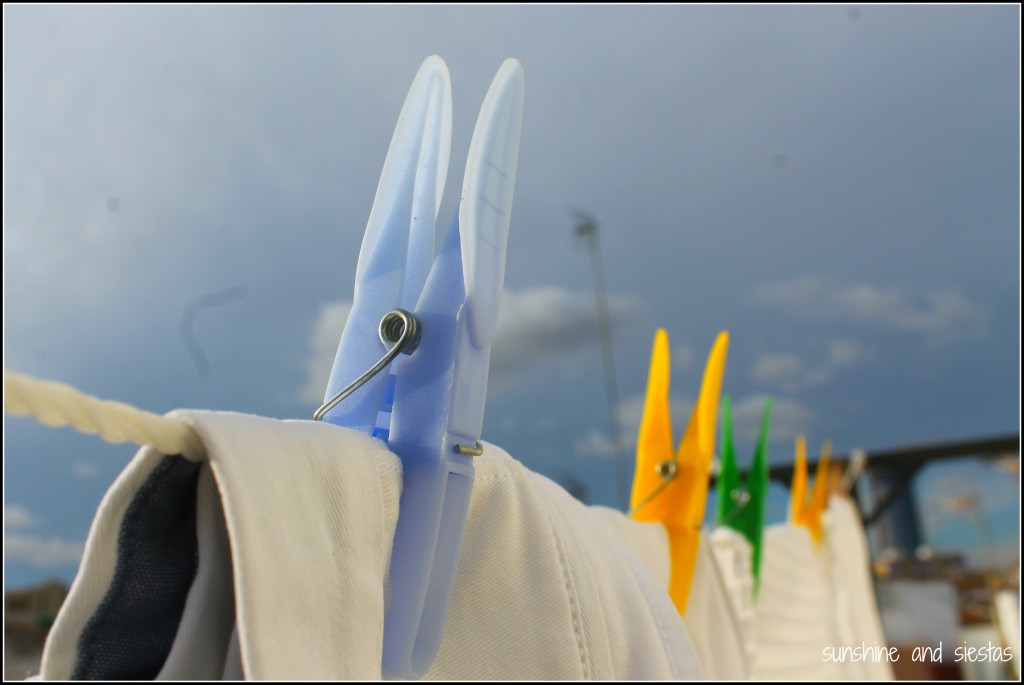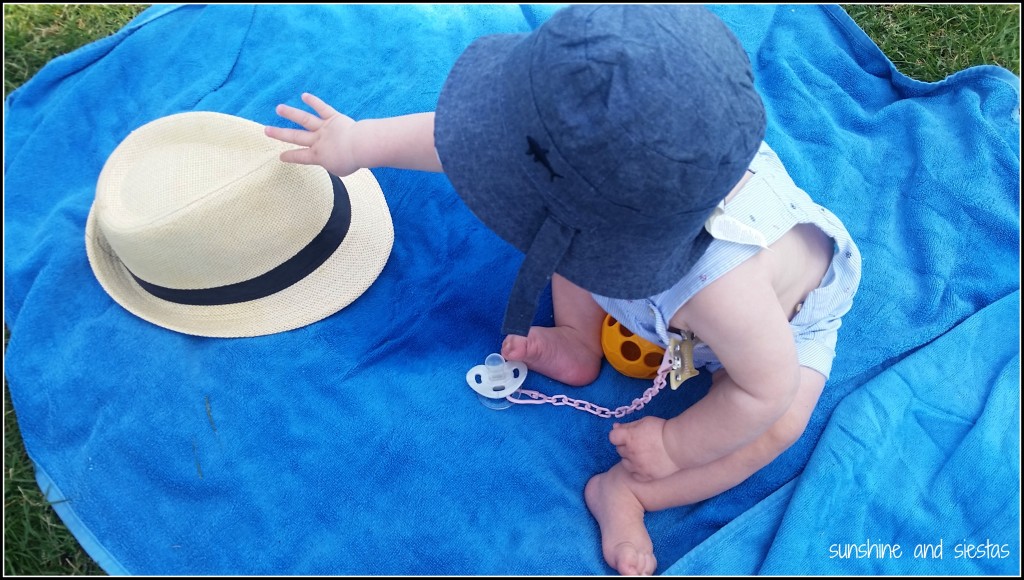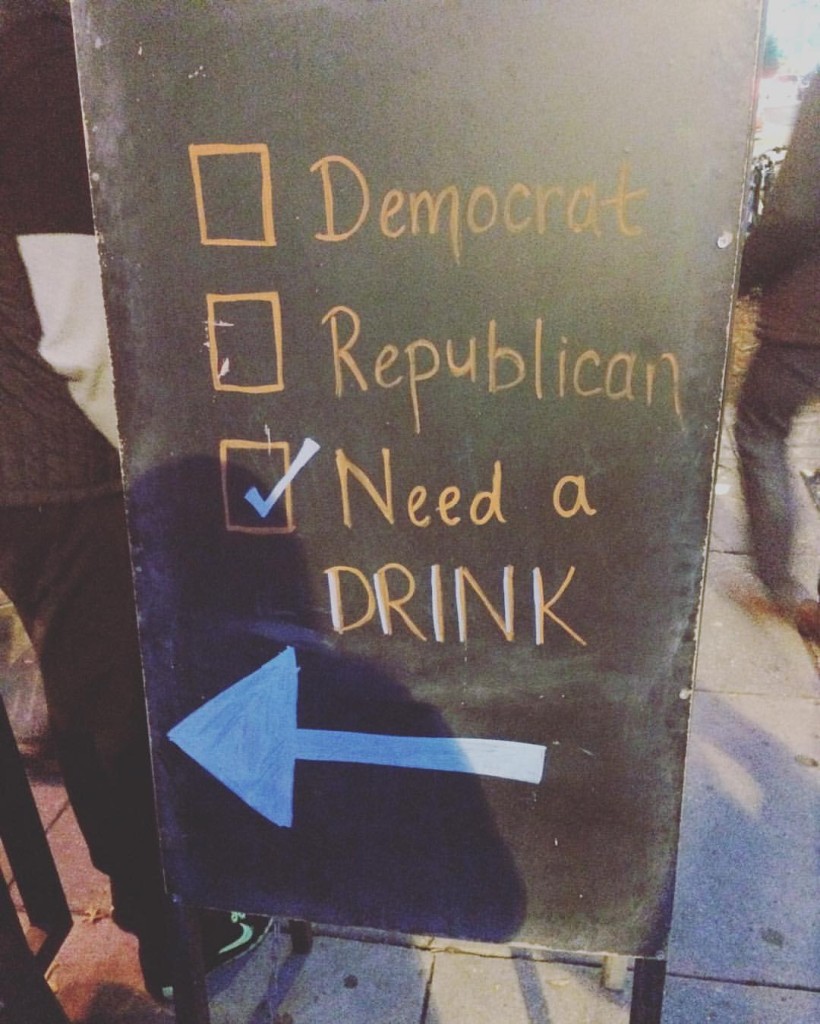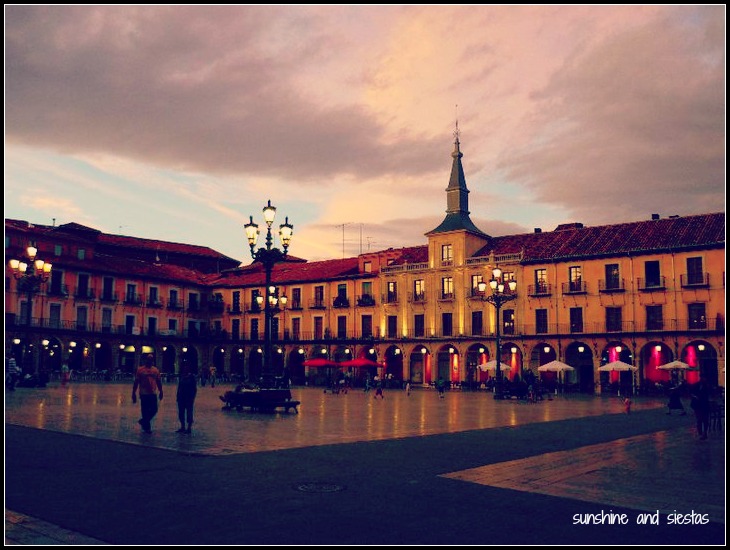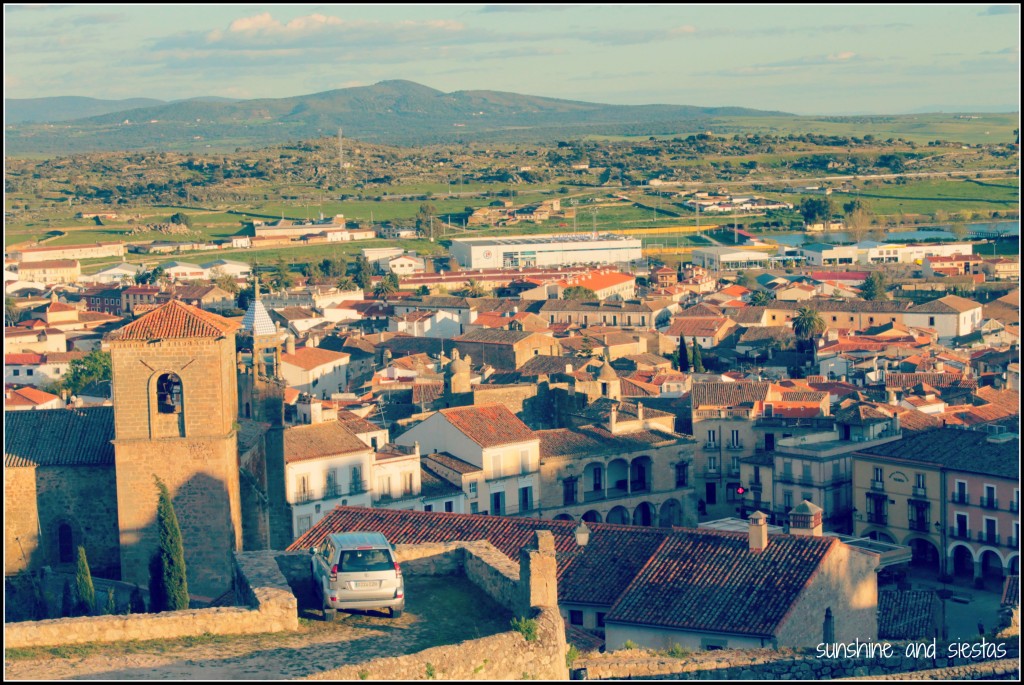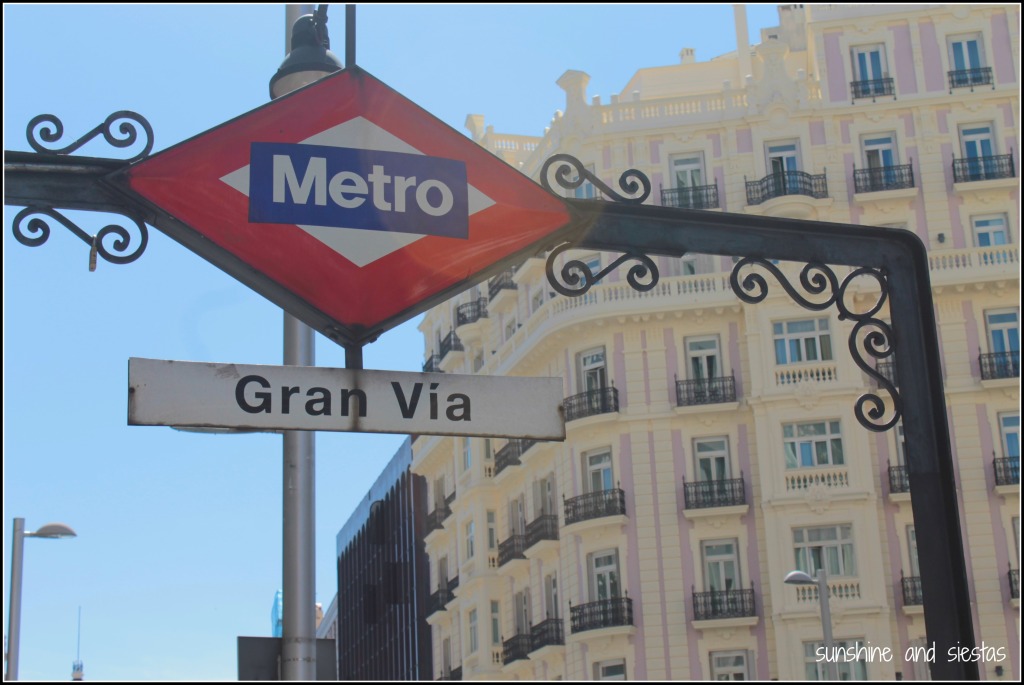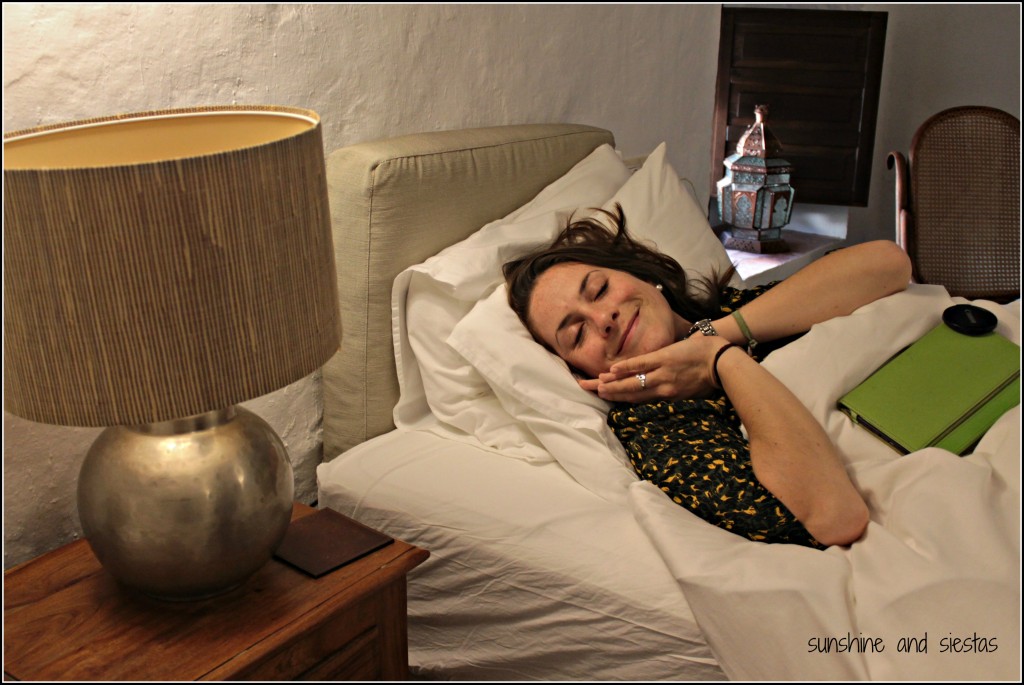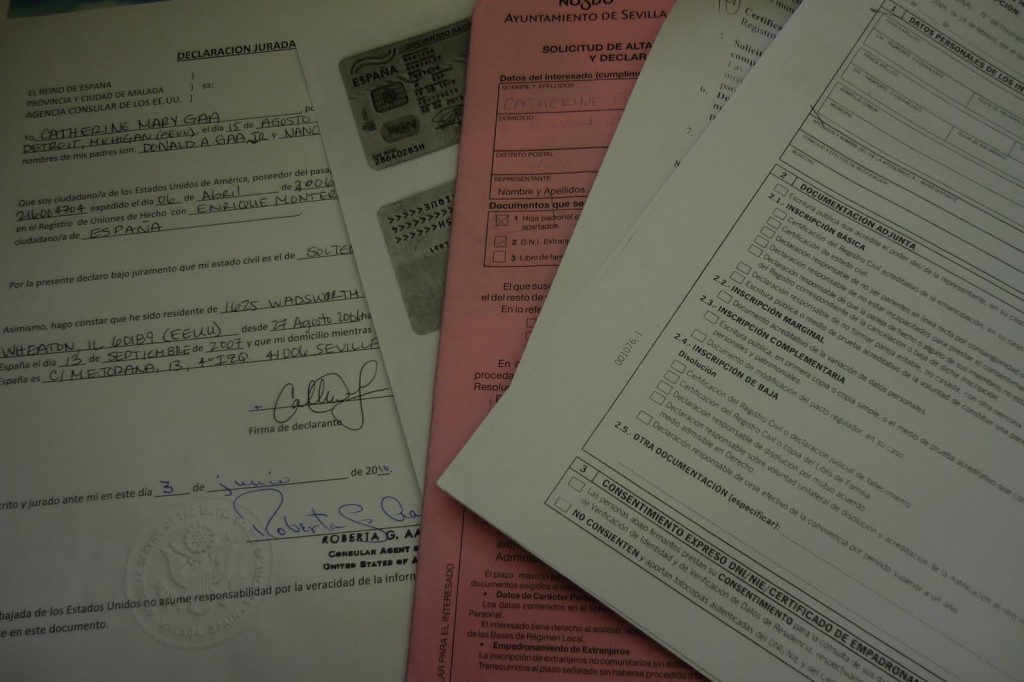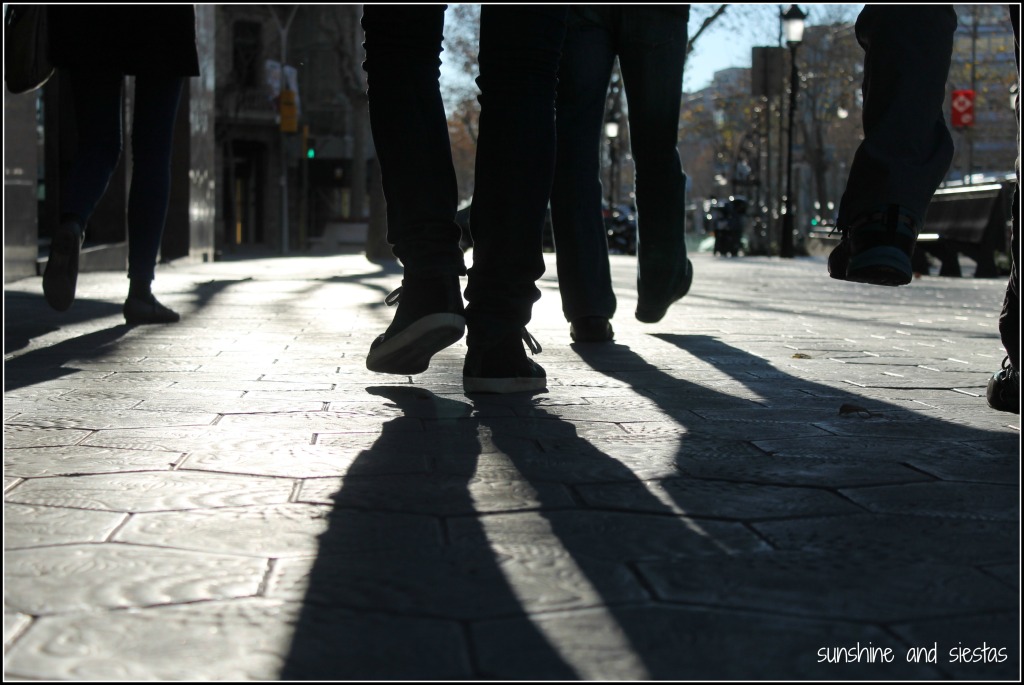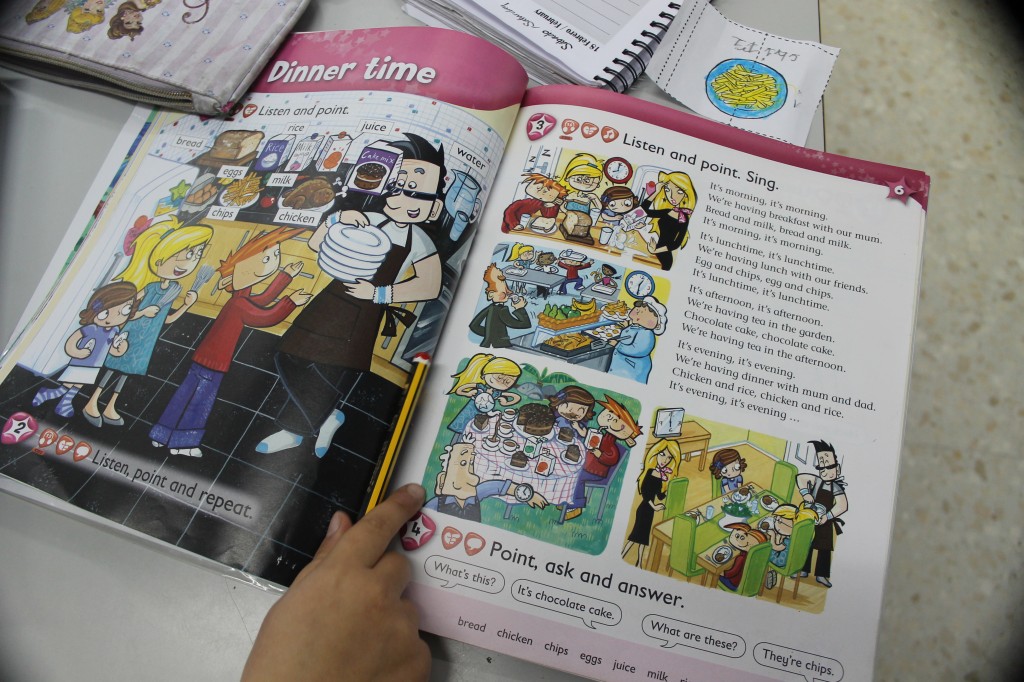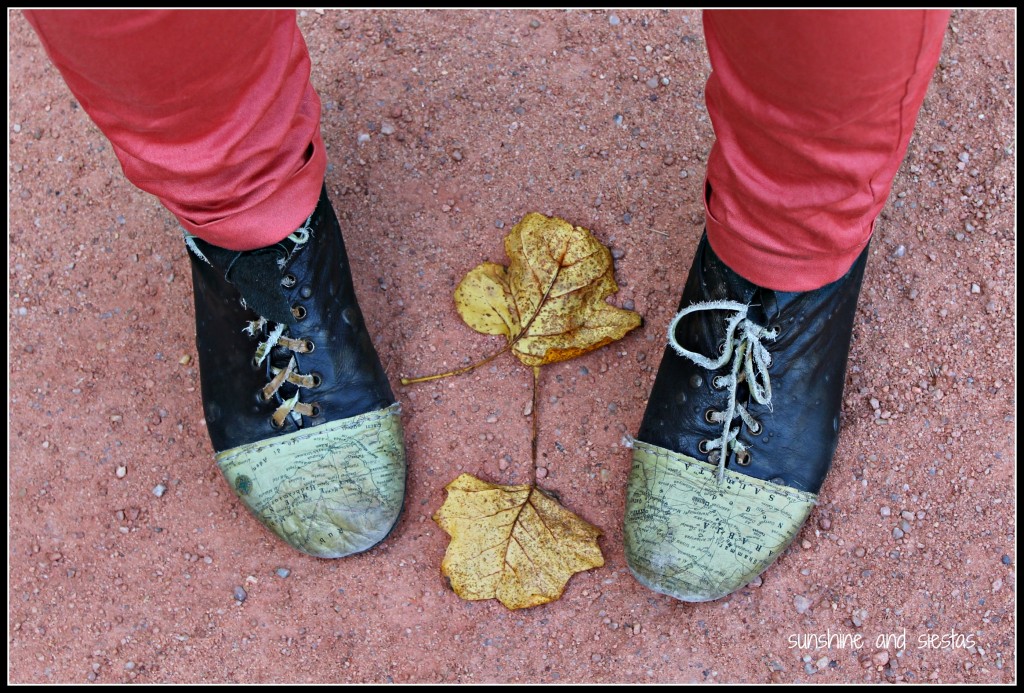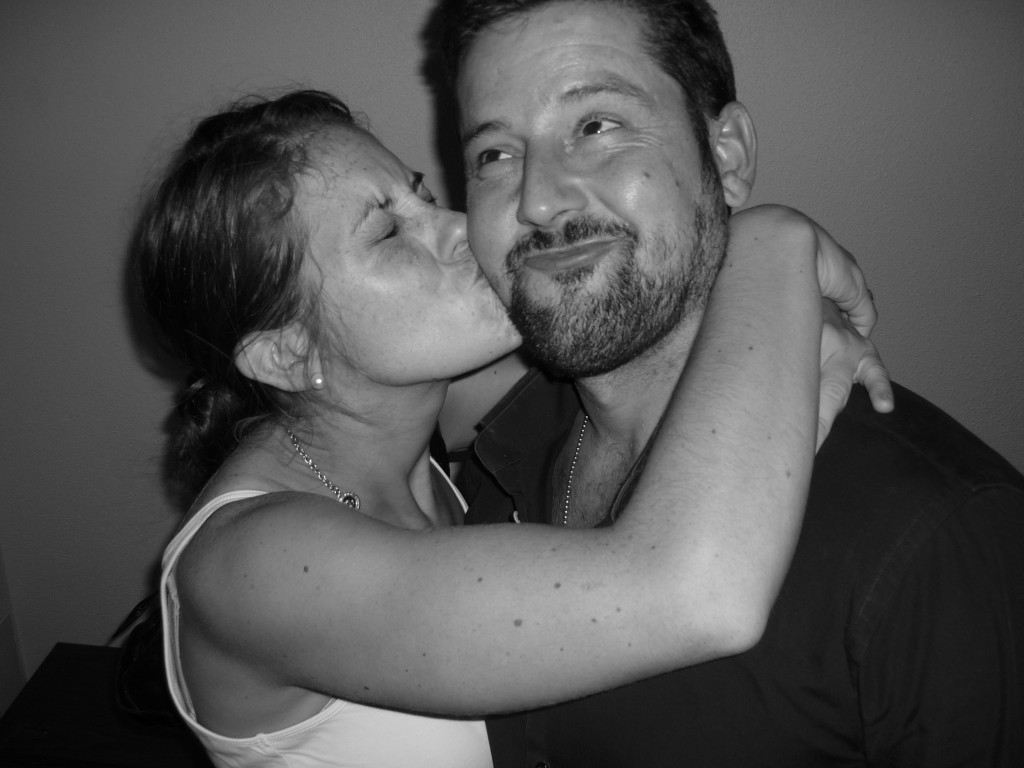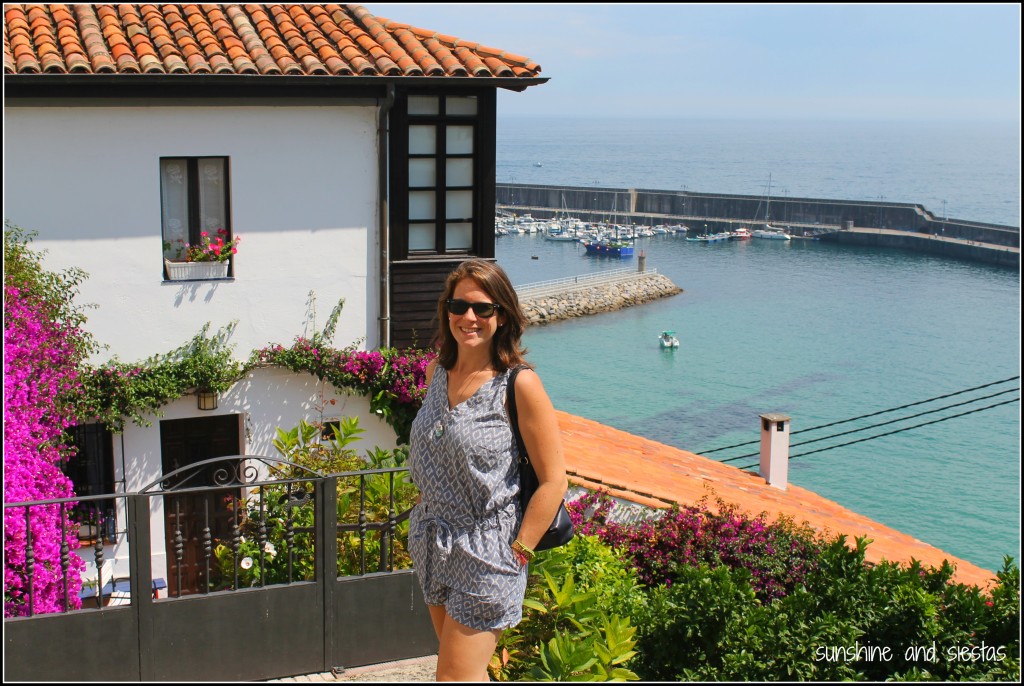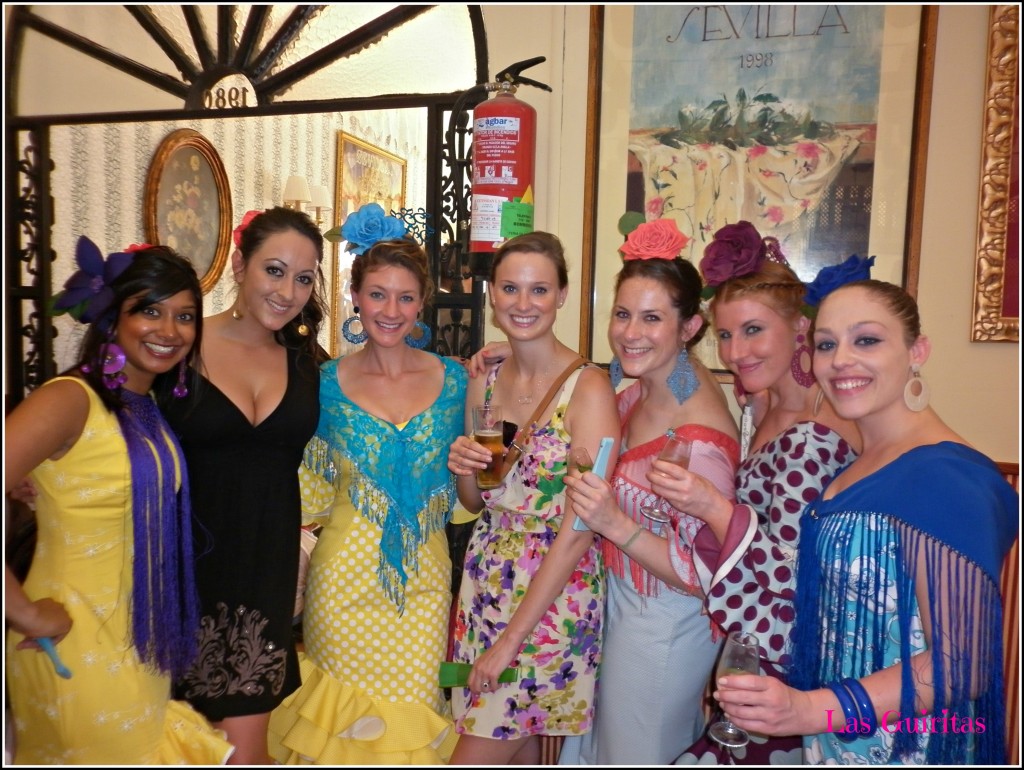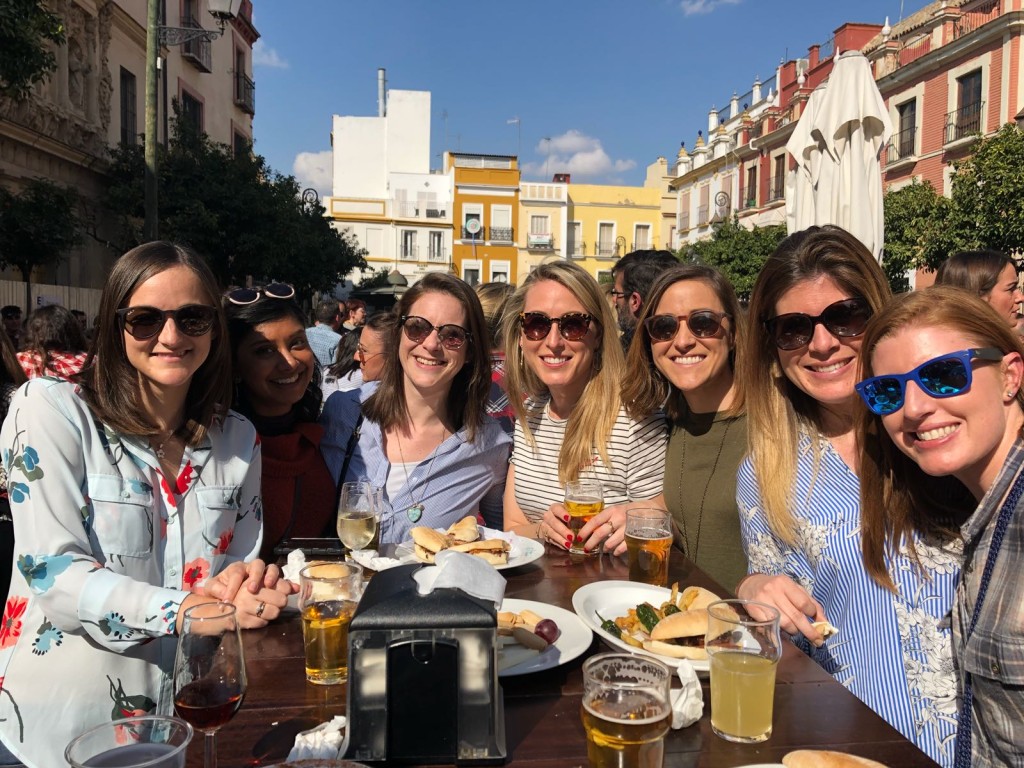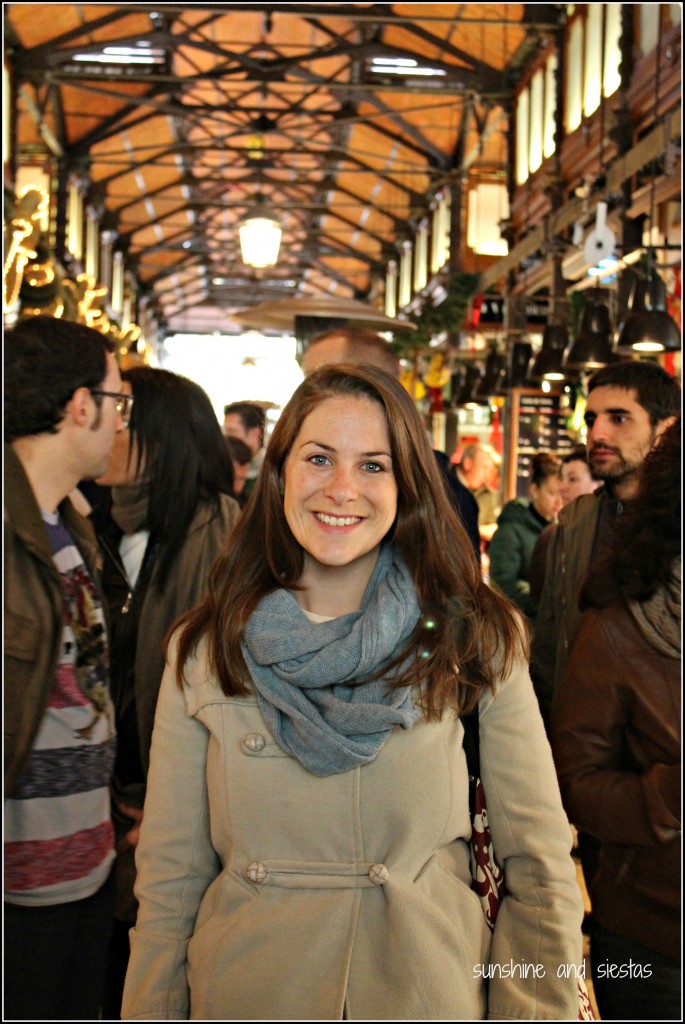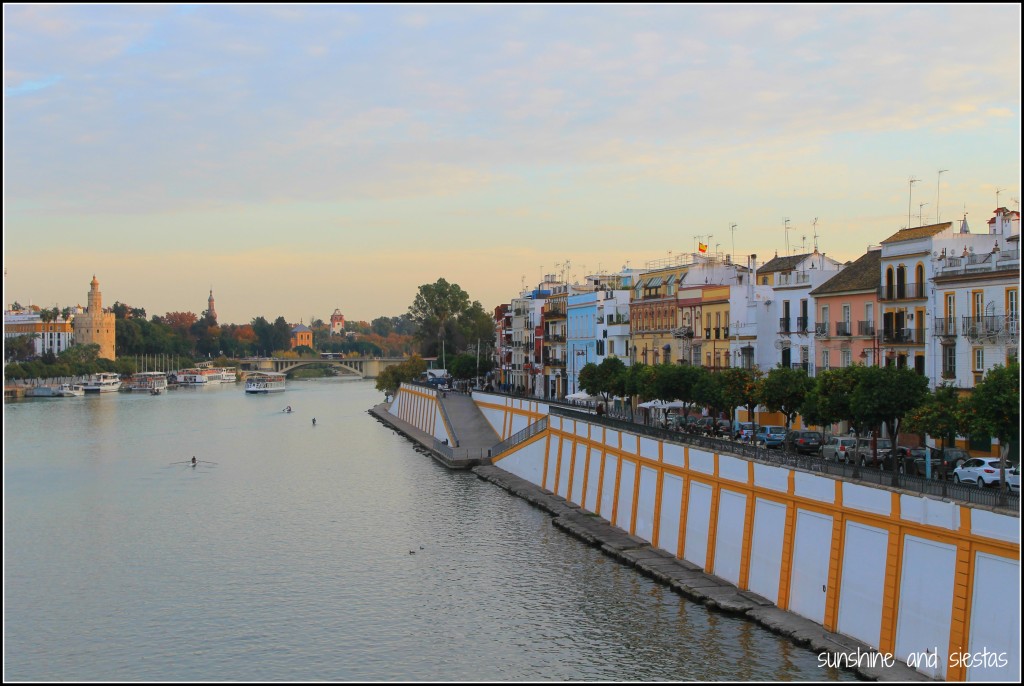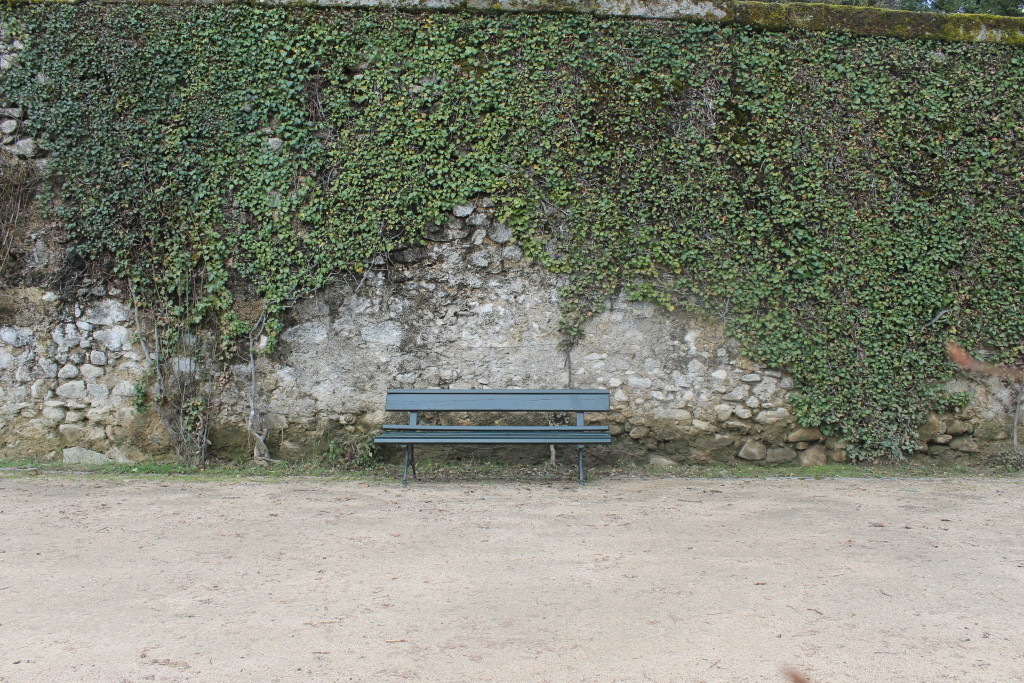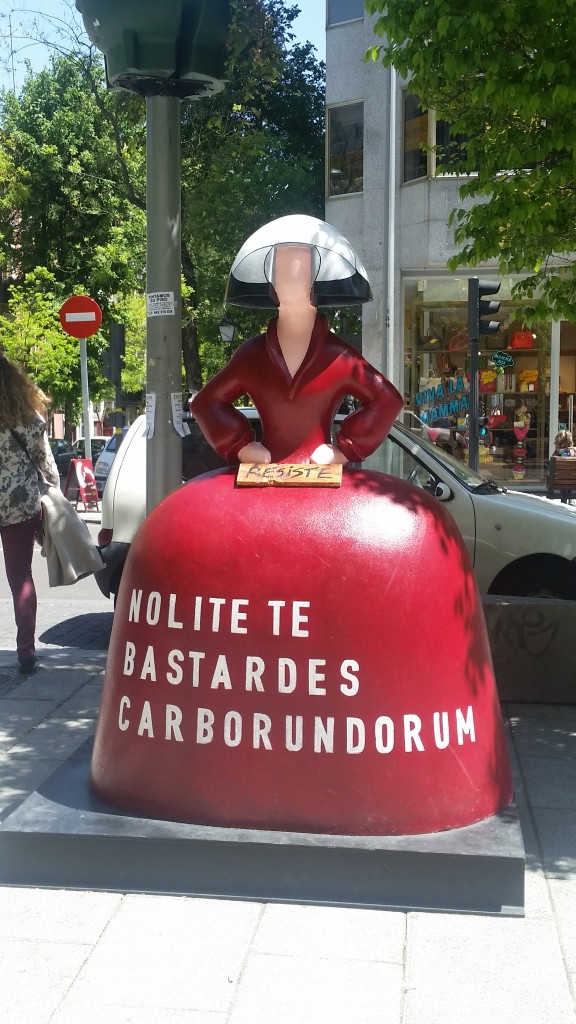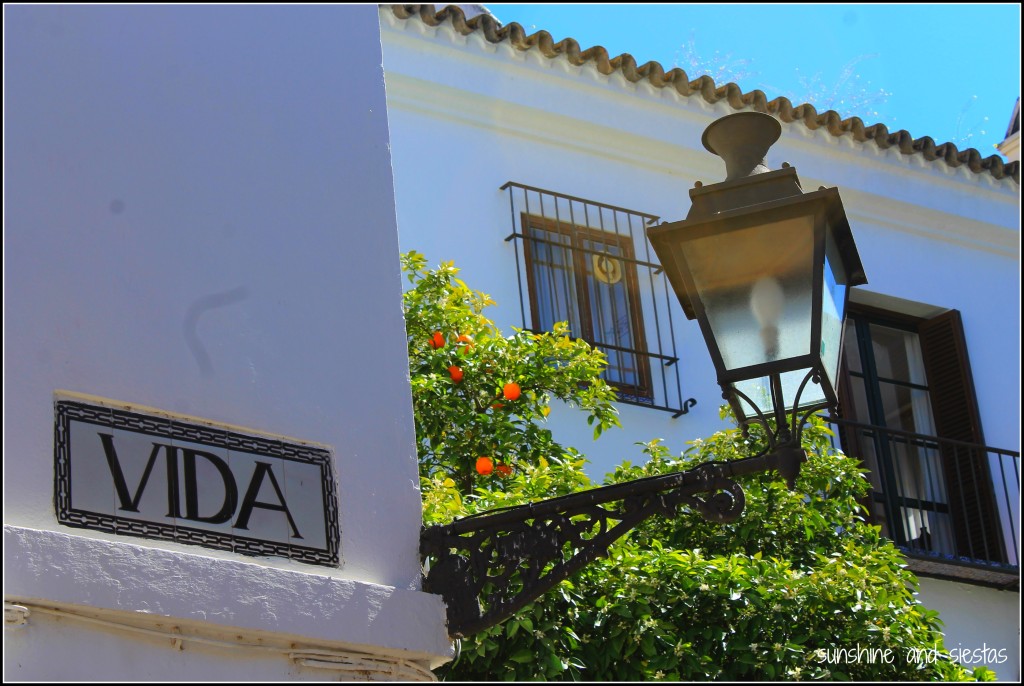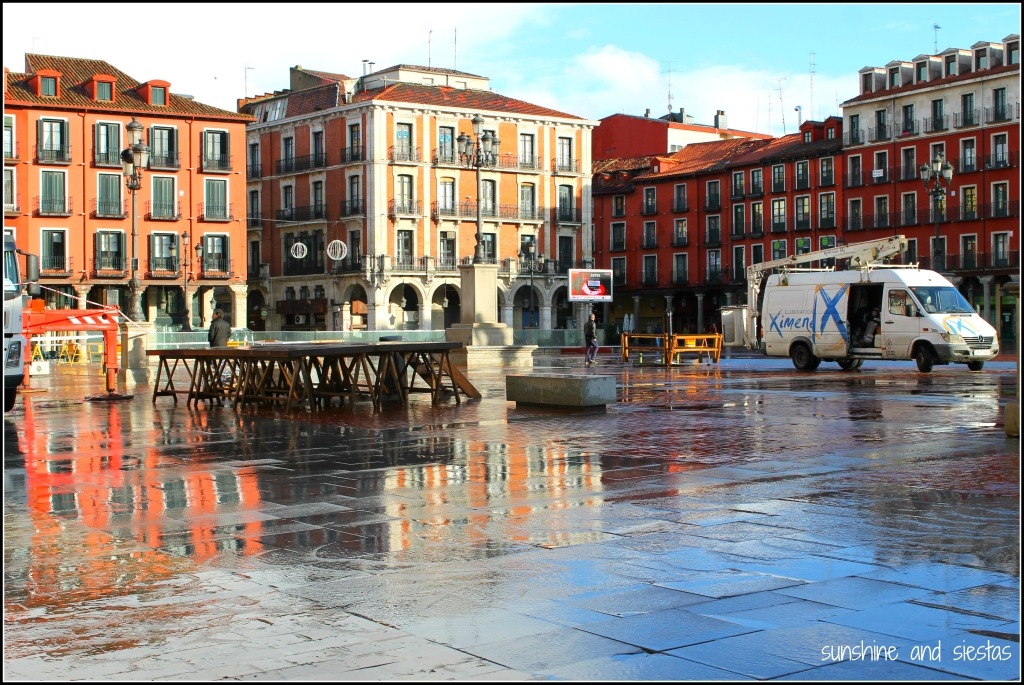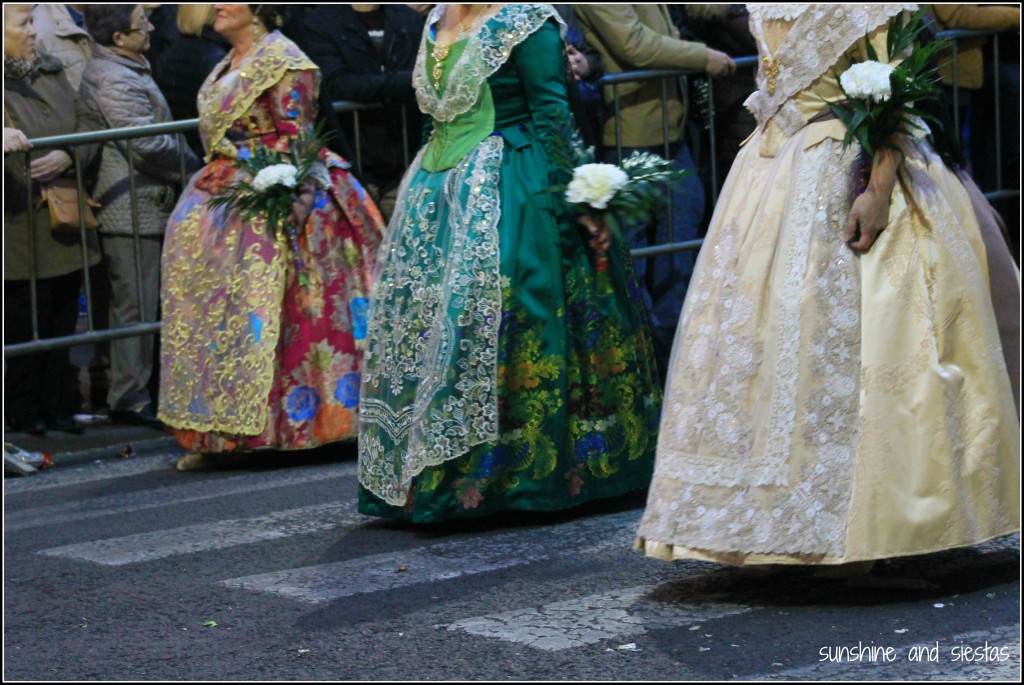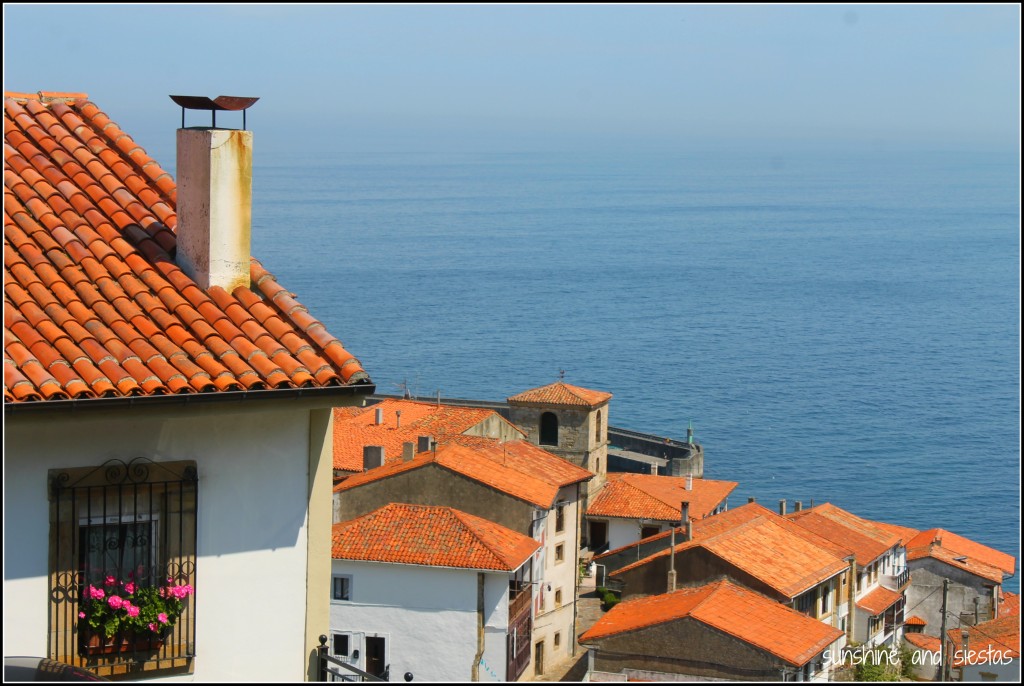Fifty days.
Fifty days in my home, stealing quick trips to the garbage bins and the supermarket. Fifty days balancing a full-time job and two kids, plus a husband I am not used to seeing all the time. Fifty days with an excuse for baking cookies, sleeping in past 6 am and watching the boys’ clothes grow too small or too short for them.
Ever felt like a tiger in a cage? So did nearly 47 million people living in Spain. Confined to our homes under the strictest lockdown measures in Europe, May 2nd meant an hour of freedom outside the confines of our walls, from watching the world from a window or balcony.
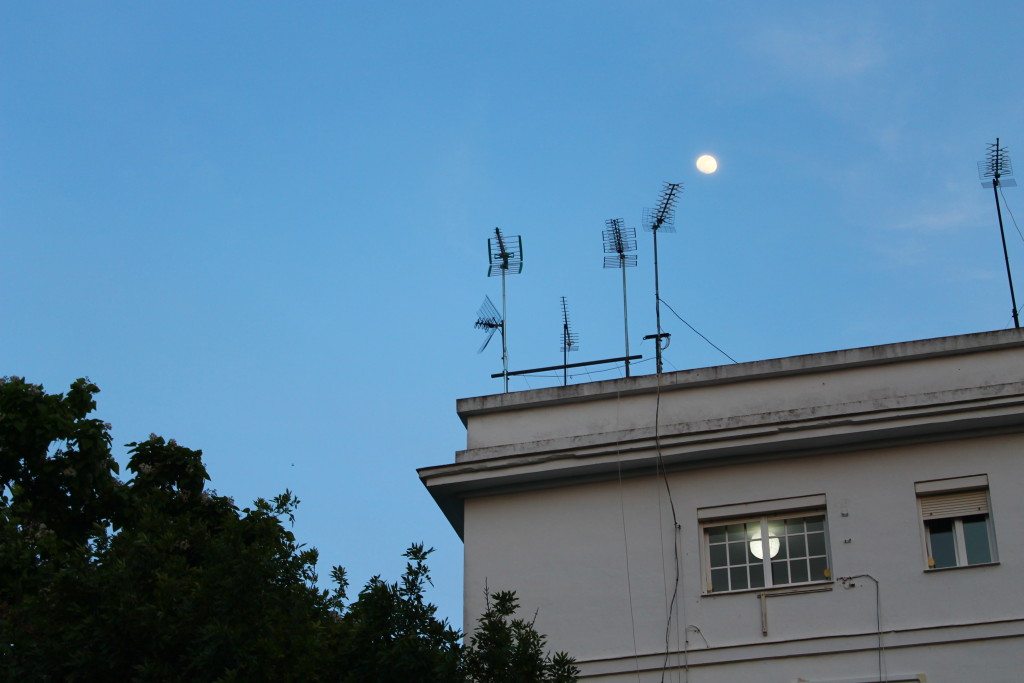
At 9:09 pm, the boys both sound asleep and the Novio splayed on the couch watching CSI (ugh, again), I slip on shoes and a light jacket.
“¿Te vas?”
Sí, voy.
My camera and I need to walk further than the nearest plaza or supermarket. I close the door silently behind me and head east. I need to see the Puente de Triana, the golden bath over the Giralda as the sun sets behind me.

I don’t feel the same solidarity as others – I live in a house next to an empty house. There are no music concerts or comunidad-wide bingo games. We can steal glances at the neighbors, mostly elderly, who rarely venture from their homes but to clap for healthcare workers at 8pm. Even as I write this, I have only just run into someone I know today. We had a cervecita planned when the spring came.
In these fifty days, springtime in Sevilla – fleeting in even the best years – has given way to the start of a blistering summer. Within a few weeks, we won’t leave the house until after 9, when the day finally cools at the edge of night.
Hasta el 40 de mayo… you can’t leave your house. But when you do, so will everyone else.

The Novio had taken care of most grocery runs and going to work occasionally as an essential worker. I’d been content to watch Enrique run around the patio in circles while baby Millán tries to escape his playpen, the sun on my face.
At 1 pm, we have a beer in El Bar de Mi Casa. I hadn’t ventured more than 300 meters from my house, much less to my favorite cervecería, mandated closed since March 14th.
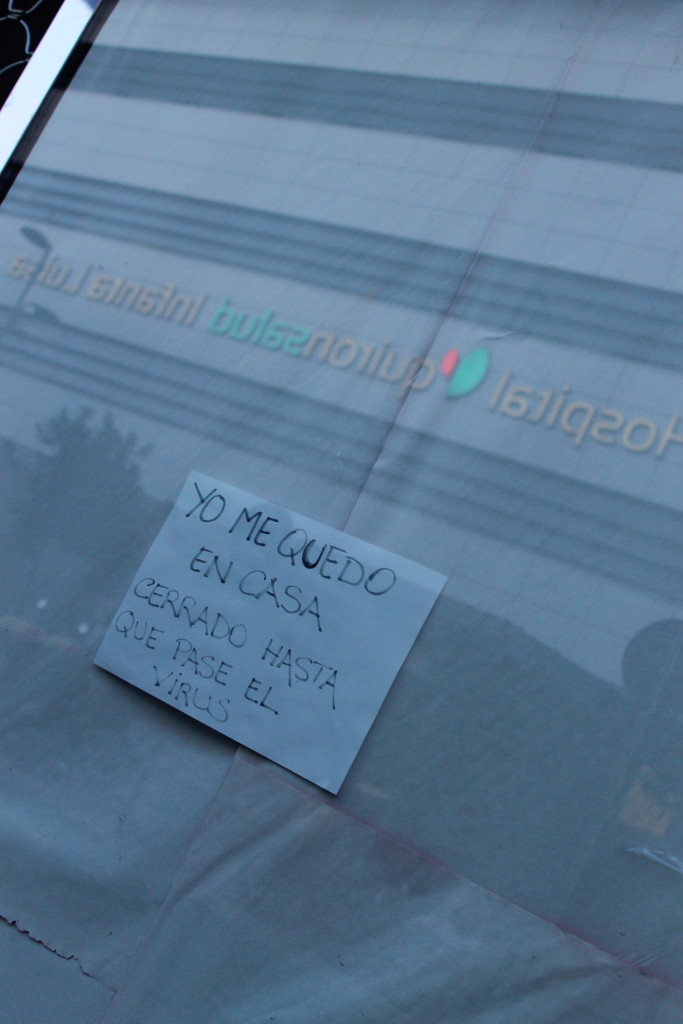
My route to daycare normall takes me here, to the heart of Triana’s commercial district. Past bakeries, bars, small shops. Tonight, frayed signs, hastily printed out and with vague messaging about reopening, flutter as people go by, on bikes or scooters.
The most jarring? I’m staying home. Closed until the virus passes.

I’ve felt quarantined for months, to be honest. Giving birth during the hottest months of a punishing summer. Single parenting during the week. Get up-work from home-take care of the boys-work from home-take boys to park-bedtime routine-sleep. Four days straight. Home became my new normal way before COVID-19. I lived for brief trips out for groceries or necessities. A drink on my own while the baby napped in his strolled or I could run out without either one.
Those little moments were mine. A coffee at Pedro’s on the way back from work, running into Raúl at Aldi every Monday morning. I don’t miss people so much as I miss my rituals (sorry guys).
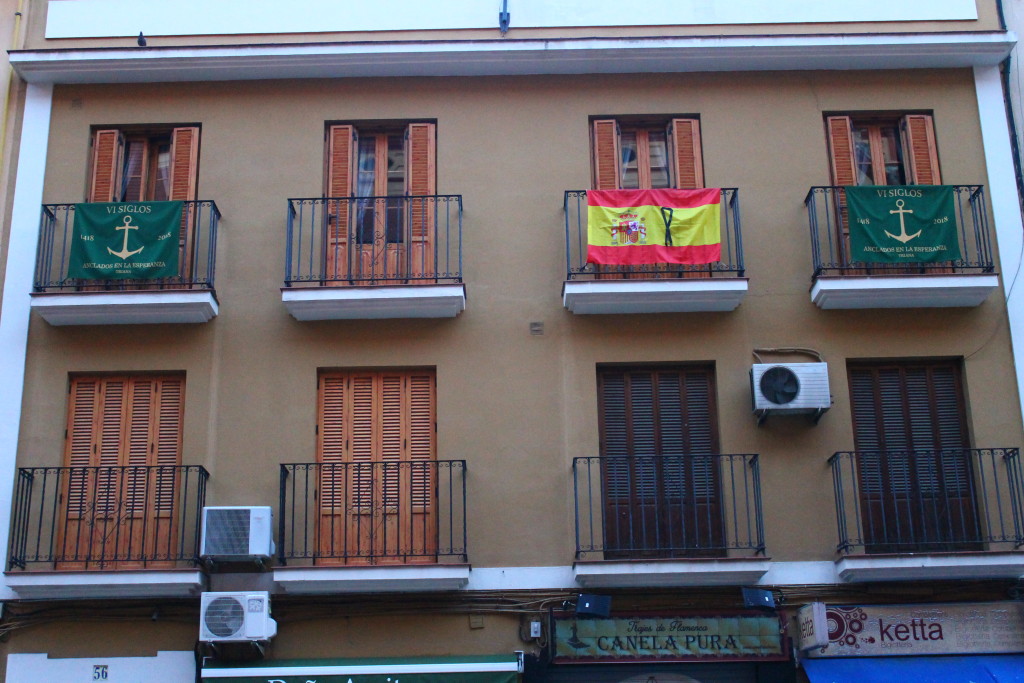
I’d like to say that I walk sin rumbo. But Triana has been my home in Spain for six years – I know where she hides her secrets. And I knew San Jacinto would be packed with people.
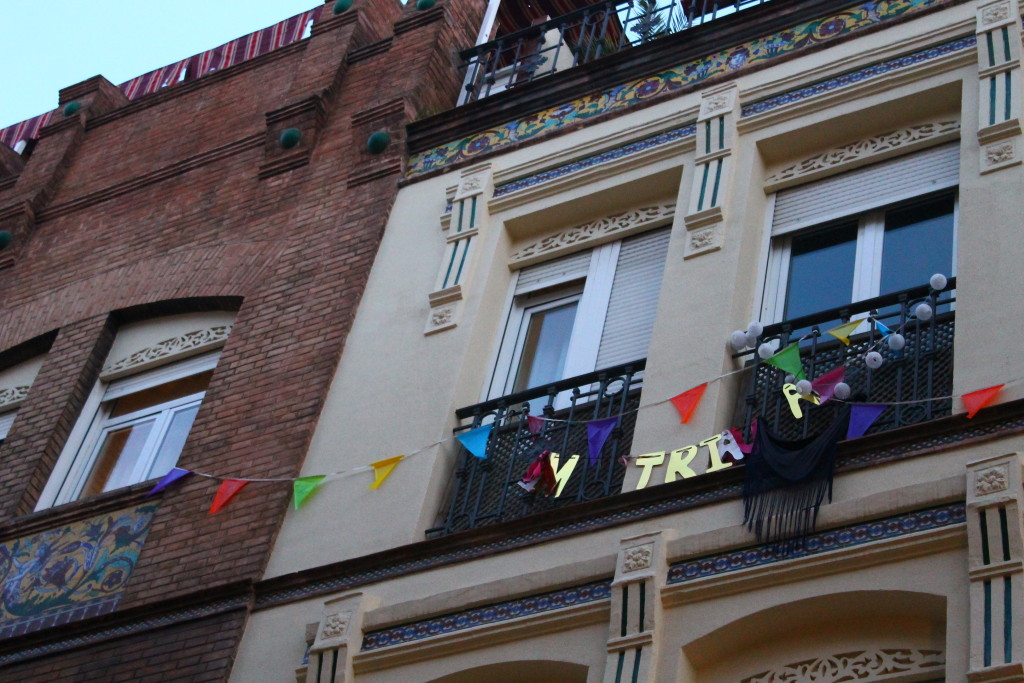
As the sky turns a cotton candy pink – a telltale sign of the beginning of summer and its end, much like the end of total lockdown and the beginning of de-escalation – I turn north. Zig-zagging through the narrow alleyways near Las Golondrinas, I turn on Calle Alfarería.
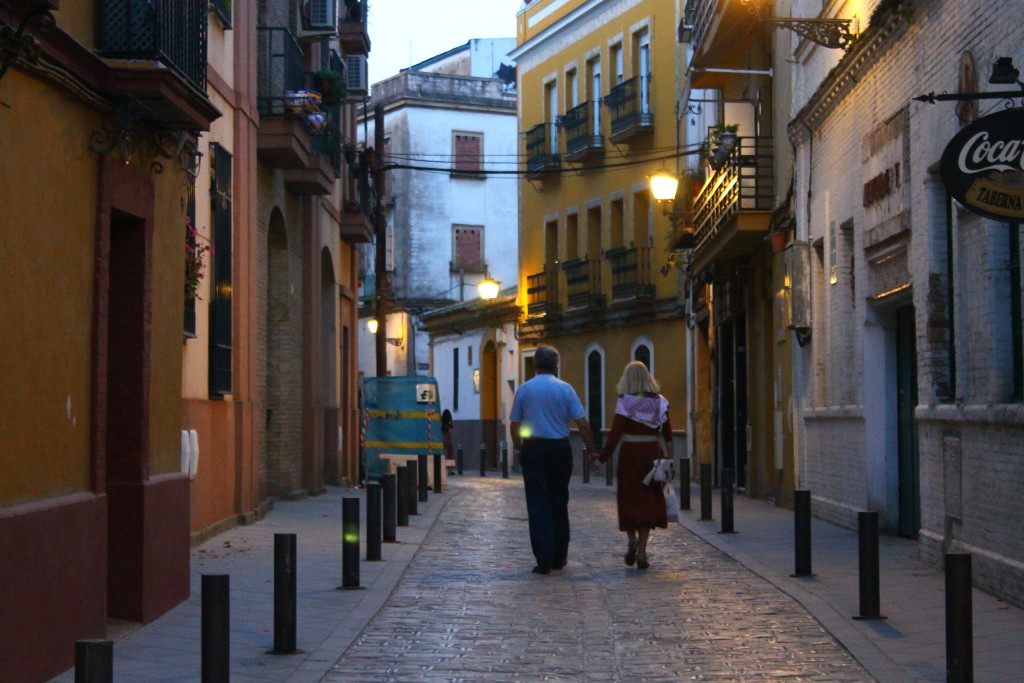
This street, once home to the ceramics factories that give it its name, is now pocked with new housing developments. Most respect the stucco facades and wrought iron balconies. But the modern housing units that connect Alfarería and Castilla seems…odd. Here? I skip down it anyway.
Spit out on Calle Castilla, which snakes along the western bank of the Guadalquivir, I hear things. Bike bells. Neighbors laughing and calling out to one another. Church bells. My days have been anything but silent, but I have missed white noise.

I’m struck at how crowded the street is – I shouldn’t be. Sevillanos live in the street, treating the bar or the tapas joint downstairs as their newspaper, their living room, their inner circle.
Plus, a famous couple lives here and the previous week’s Feria de Abril – celebrated on balconies rather than the fairgrounds – meant the street is still tangled in bunting and the remnants of tattered paper lanterns. Nos puedes quitar la Feria, pero nunca la alegría. Amid so much death and uncertainty, the spirit of the locals is as strong as ever.
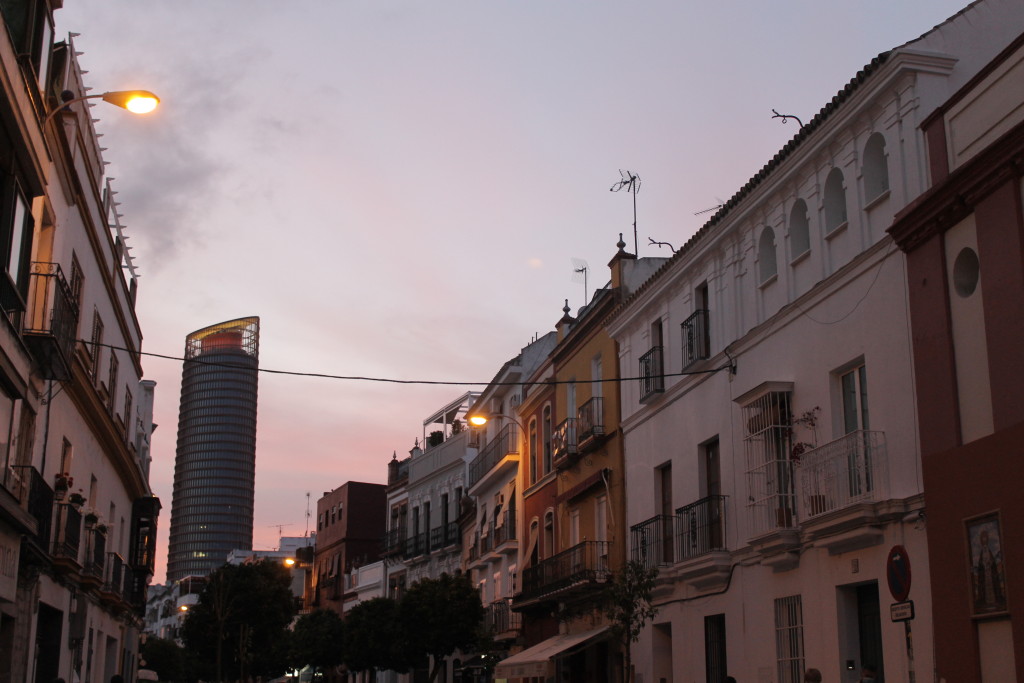
There is nothing so sad as a tattered farollillo, and the sight of one on the Callejón de la Inquisición pinged me in the side, the sadness for a springtime, lost. I haven’t had a primavera sevillana since 2016, and it shows.
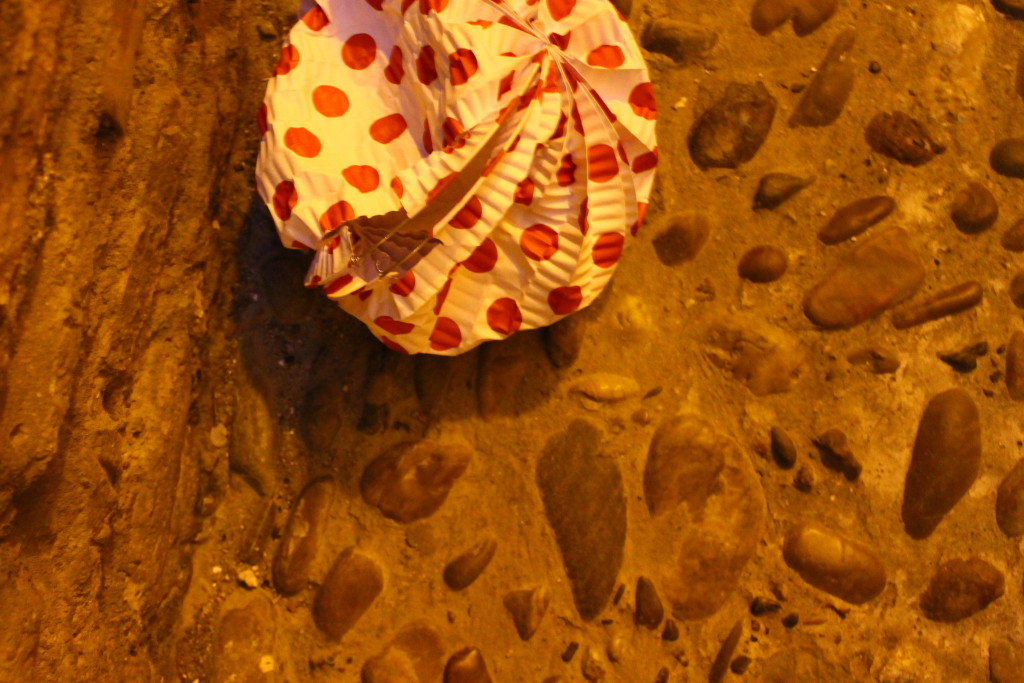

There’s a man loitering next to the Callejón. I ask if he’s waiting for someone to pass, and he points to his dog, a grisly German Shepherd, while flicking the butt of his cigarette to the cobblestone. He’s been able to go out with his pet since the beginning, so it’s apparent he’s not buzzing with elation like I am.

Sunset was is at exactly 9:25, and the Paseo de la O is bathed in the yellow light of the streetlamps. He llegado.
My barrio is one of lore – inhabited by sailors and gypsies, haunted by flamenco chords. When I lived in Madrid, my neighborhoods was just that – a jumble of apartments and parking places and old man bars and city. Forever and ever, amén.

Triana is chaotic. Wild. Familiar. Foreign.
And breathtaking.

The jasmine and jacaranda have bloomed while we were locked away. Wildlife has returned to all part of Spain, and Triana’s river looked clearer than ever. I breath in the deep scent of the flowers, the damp of the river, the clean air that is not tinged with old oil in the fryer.

I take just as long to cover 150 meters as I do a kilometer, in awe of the bridge, the beauty, the barrio and the smell of a city, waking up.
We are on our way. This will be over. For all of the grief I’ve felt over the last seven weeks, I feel a small seed in my stomach – hope? Bliss? Hunger?

I am not alone on the Guadalquivir banks, of course, but I may as well be. Gone are the fisherman on the thin stretch of gravel, the tables that spill out of restaurants on Calle Betis. There are no teenagers draped over the steps of the Faro de Triana, limbs linked as they stare downstream towards the Torre de Triana.
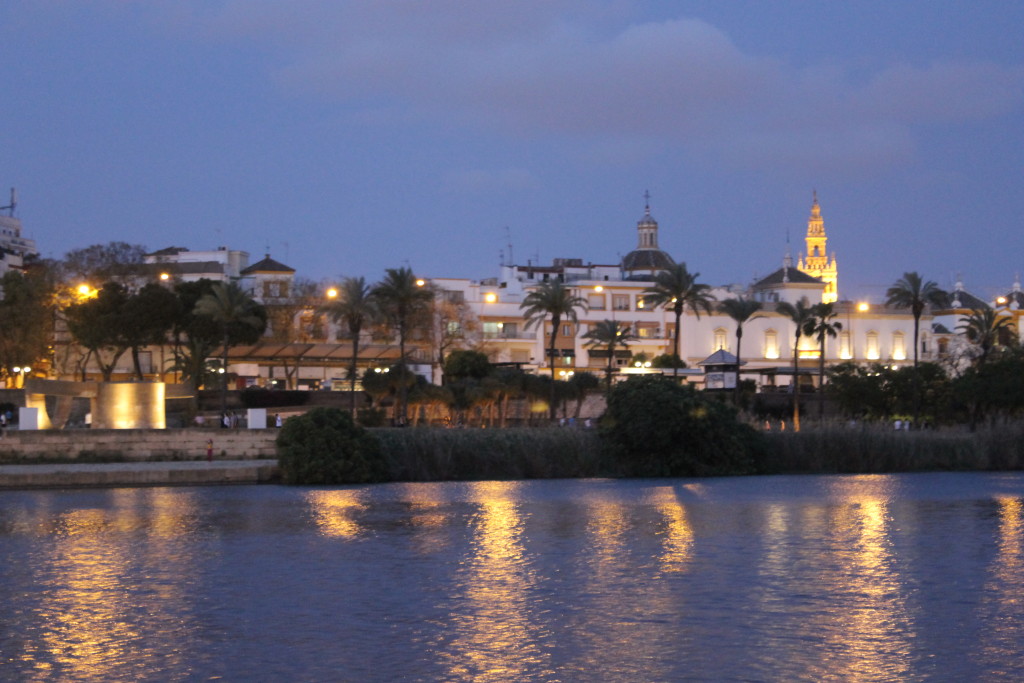
For once, I felt that the city belongs solely to me.

Circling back, I bypass the bridge in favor of the street. The bars here are stacked one on top of another on a normal day, and the patrons, too. Eerily quiet on a Monday night, though the next morning would see businesses beginning to open their rejas halfway as employees worked to disinfect in the hopes of opening on May 11th.
But, briefly, there was just a city and its people and nothing more. Honestly, did we ever need anything more?

It felt like the first night I ever spent in Triana – a silent Sunday evening when I found everything was closed at twilight and everyone was hunkered down in their home, waiting for Monday. The swallows circled overhead, black torpedoes against a fading sky.
I wish I had something prolific to say about being home for so long and finally rediscovering the world outside of my doorstep. But truthfully, I go to bed every night thankful that I have survived kids, dust bunnies and trying to manage my sanity, my household and my job. That we are safe and healthy. That I have not run out of books or food or patience (or, um, allergy meds).
Seville isn’t itself – but it’s for the better. When I left Seville the first time, I felt heartbroken and hopeful, all at once. My friend Juani had recently moved back from Chile and said it best: you have to leave Sevilla to truly love it.
And, maybe, you have to leave it but then return and have it forbidden. Either way, I can taste the Cruzcampo at La Grande, hear the bellowing of neighbors in the plaza.


